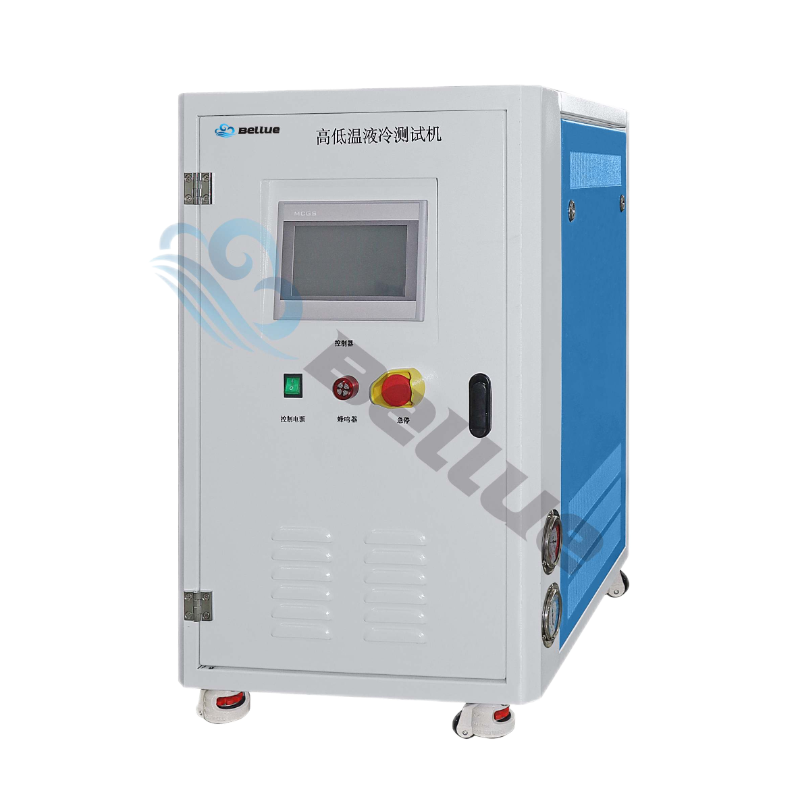Overview, structure and principle of liquid cooling testing machine for energy storage battery module
I. Overview
The storage battery module liquid cooling tester is a device specially used to test the performance and stability of the storage battery module in the liquid cooling environment. With the rapid development of new energy vehicles, electric energy storage and other industries, the efficient thermal management of energy storage battery modules has become the focus of industry research. Liquid cooling, as an efficient thermal management method, has been widely used. In order to verify the effect of the liquid cooling system and ensure the safety, stability and long life of the battery module in actual use, the liquid cooling testing machine came into being.
Ii. Structure
The energy storage battery module liquid cooling testing machine is mainly composed of the following parts:
Liquid cooling circulation system: including coolant storage tank, pump, radiator, pipeline and temperature control device. The coolant circulates under the drive of the pump, carries on the heat exchange through the radiator, and then the temperature control device ensures the constant temperature of the coolant.
Battery module holding device: Used to hold and support the battery module to be tested to ensure its stability during testing.
Data acquisition and control system: responsible for collecting temperature, pressure, flow and other key data, and accurate control of the liquid cooling circulation system. The system usually consists of sensors, data acquisition cards, computers and related software.
Safety protection system: including over temperature protection, over voltage protection, leakage detection and other functions to ensure the safety of the test process.

Iii. Principles
The working principle of the liquid cooling testing machine for energy storage battery modules is based on the principle of heat conduction and heat convection. When the battery module generates heat during operation, this heat is transferred to the coolant in close contact with the battery module through thermal conduction. The coolant is driven by the pump and carries heat to flow in the liquid cooling circulation system. As the coolant flows through the radiator, the radiator dissipates heat through thermal convection with the external environment, thereby reducing the temperature of the coolant. The temperature control device ensures that the temperature of the coolant is always maintained within the set range.
During the test, the data acquisition and control system monitors the temperature of the battery module in real time, the temperature of the coolant, the pressure and the flow rate and other parameters, and feedbacks these data to the control system. Based on these data, the control system makes real-time adjustments to the liquid cooling circulation system to ensure that the battery module works in the optimal liquid cooling environment.
Energy storage liquid cooling temperature control technology application advantages
How to derive the test results of high and low temperature coolant tester
High and low temperature coolant test electrical source circuit connection method
The problem of water source during the use of high and low temperature coolant testing machine
Coolant filling and discharging method of battery module high and low temperature liquid cooling test machine
High and low temperature liquid cooling test machine solutions
